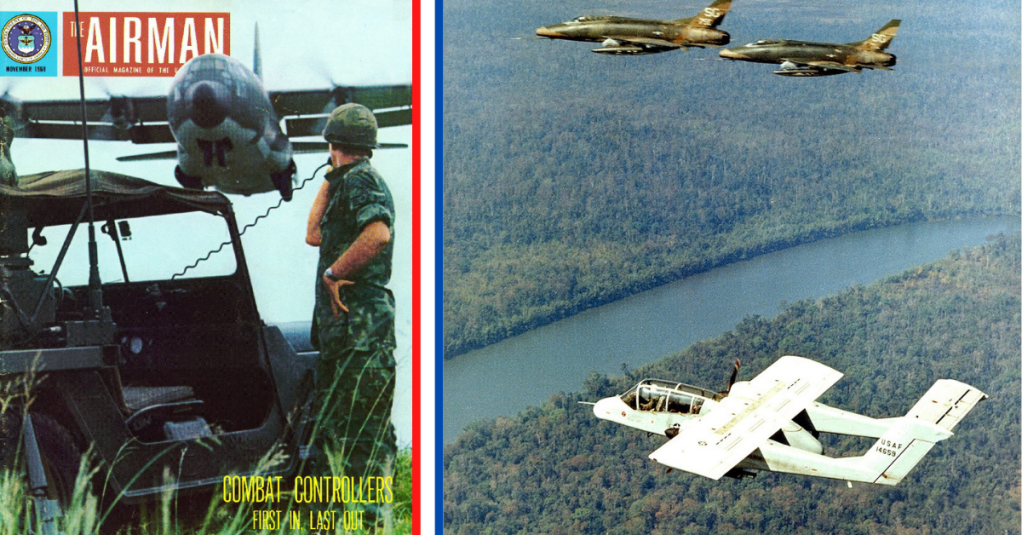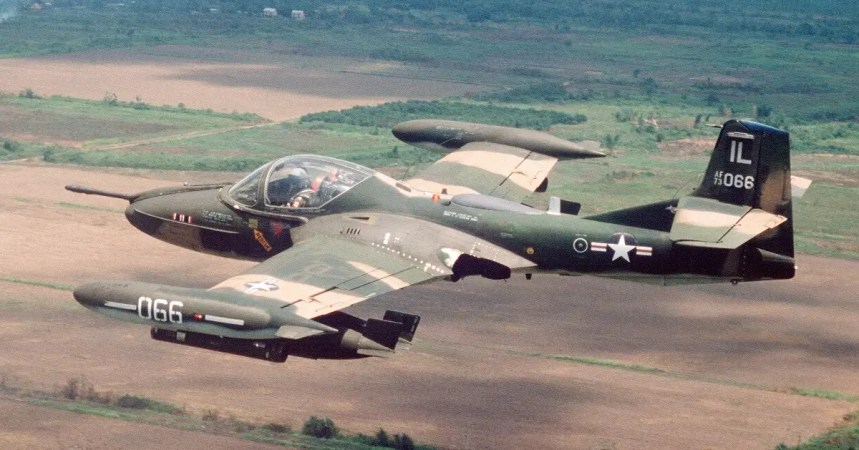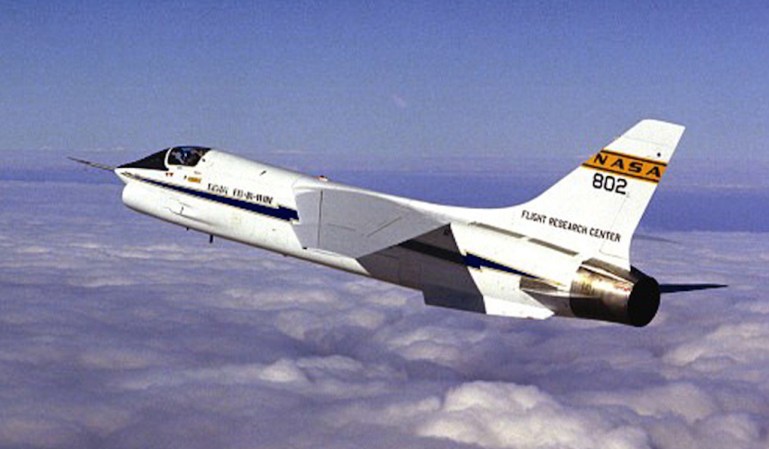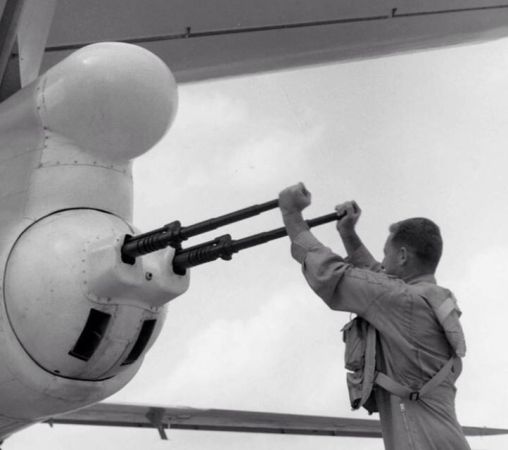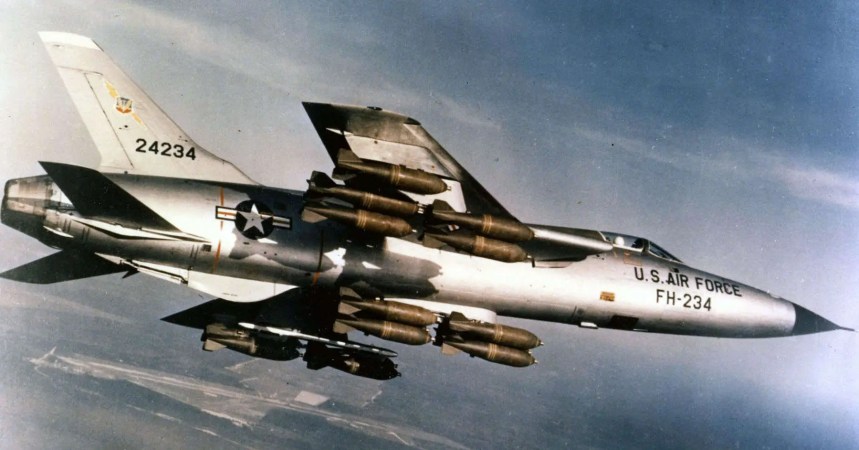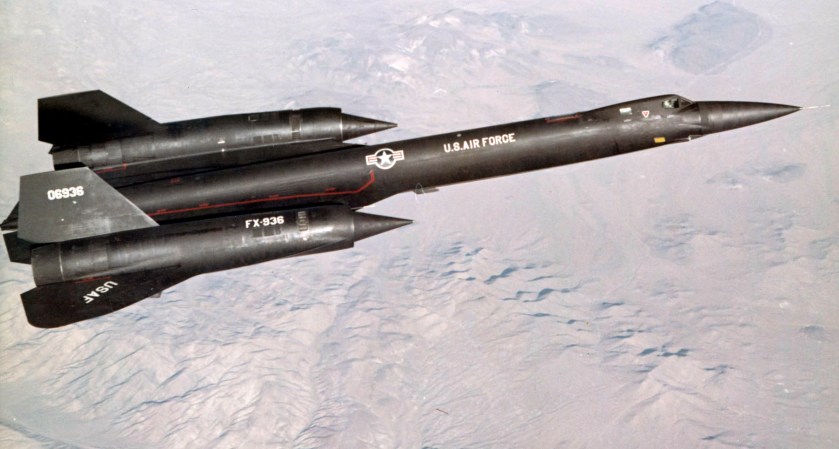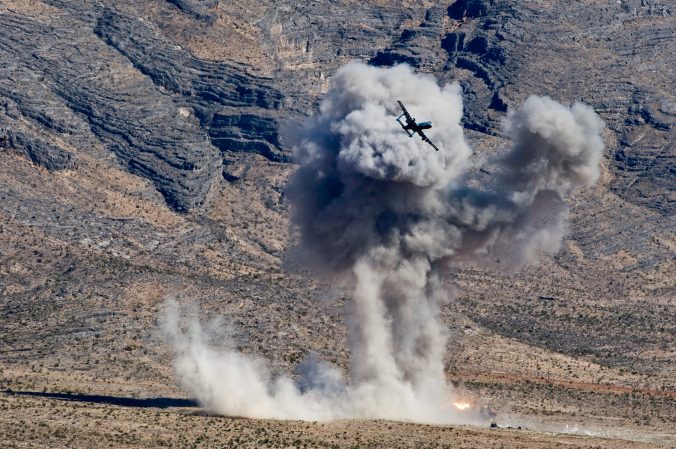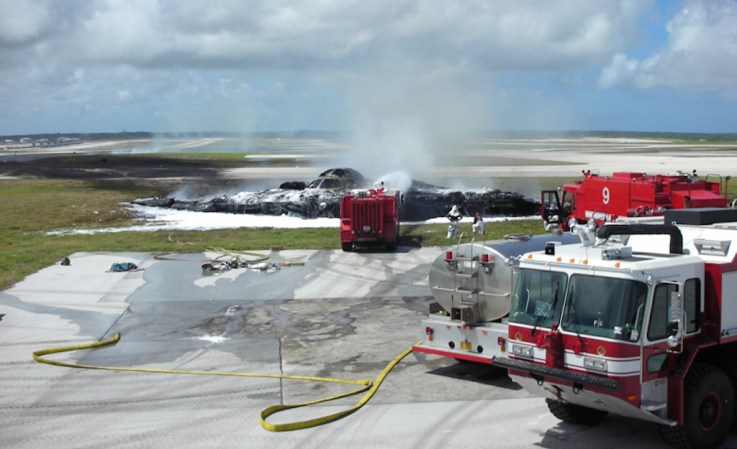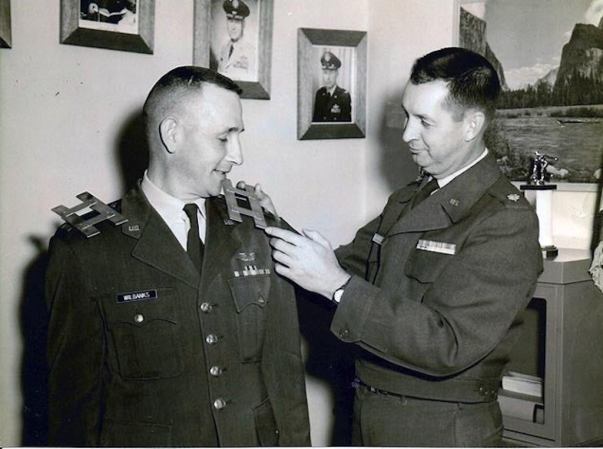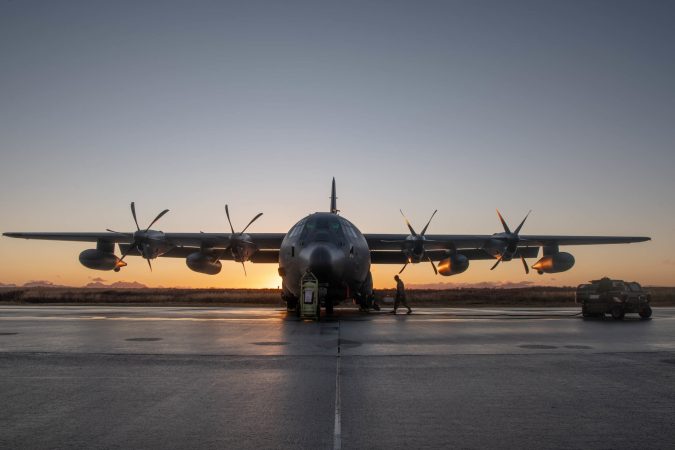Holding the high ground has always been a fundamental part of military strategy and tactics. When the first practical hot air balloons were developed in France in 1793, the French military began using observation balloons when the next war came. Later, hot air balloons were used by Union forces during the U.S. Civil War.
By World War I, balloon and communications technology had improved to the point that gas-filled balloons, with observers connected to the ground by field telephones, bobbed about in the skies over the stalemated Western Front. They were vital to providing accurate target information to artillery, the most important weapon of that war. Soon another major innovation in military aviation, the aircraft, started taking reconnaissance photos, providing urgent information by dropping messages to the ground and shooting down enemy balloons.
During the interwar years, new mobile radios were installed in aircraft. Navies developed observation float planes that could be launched from large warships by catapult and recovered after landing on the water. Well before World War Two, longer-range flying boats and carrier-based aviation made these aircraft both vulnerable and obsolete. On land, small, nimble observation aircraft were developed from existing civil aircraft like the American Piper L-4, Stinson L-5, or the British Auster. or purpose-built for the military like the German Fieseler Fi 156 Storch (Stork). While primarily used for reconnaissance and artillery spotting during the war, liaison pilots occasionally directed fighter and dive bombers onto targets.
By the Korean War, it became clear that the new, fast-moving jets needed a better method to obtain target information to keep friendly ground forces safe from their own aircraft. Venerable T-6 Texan trainer aircraft were modified for FAC duties with a long-range belly tank, smoke grenades, and a dozen smoke rockets added under each wing for marking targets. Using the call sign “Mosquito,” they flew over 40,000 missions by the end of the war in 1953.
A typical Forward Air Controller (FAC) mission consisted of establishing both visual and radio contact with friendly ground forces engaged with the enemy and understanding the ground commander’s need for close air support. The next phase was establishing contact with assigned fighter aircraft and providing a short but detailed “9 line” briefing on the ground situation, known anti-aircraft threats, and the type of munitions and direction of attack to be used by the fighters. Once the liaison was complete, the FAC would fire a white phosphorus or “Willy Pete” smoke rocket onto the target, issue any corrections, such as “actual target is 100 meters north of the smoke,” and clear the fighters to attack. The target was then re-attacked if necessary, or a new target was selected.

Early in the Vietnam War, with ground attack jets flying faster than ever before, the Piper-based O-1 Bird Dog was the first aircraft used for Forward Air Controller duties. With the heavy reliance on tactical air power throughout the war, the art of forward air control blossomed, with new aircraft dedicated for the mission. Another civilian aircraft, the Cessna Skymaster, with its distinctive front and rear mounted “push-pull” twin-engine configuration, was designated the O-2 Skymaster and began service in Vietnam in 1967. The introduction of Soviet shoulder-fired SA-7 anti-aircraft missiles onto the battlefield soon relegated the O-2 to nighttime missions when replaced by the OV-10 Bronco. A total of 178 U.S. Air Force (USAF) O-2s were lost in the Vietnam War, from all causes; however, the O-2 remained in service with the USAF into the late 1980s.
The twin turboprop engine OV-10 Bronco was developed as a light ground attack, observation, and reconnaissance aircraft. They entered service in Vietnam with the USAF in 1968 and were also operated in theater by the U.S. Navy and Marine Corps, Royal Australian Air Force and the Royal New Zealand Air Force. U.S. forces lost over 80 Broncos during the war.
There were two additional FAC missions during Vietnam. The “Raven” FACs worked clandestinely for the Central Intelligence Agency against communist interests in the neutral country of Laos, adjacent to North and South Vietnam, using O-1 Bird Dog aircraft. Operating in this highly dangerous environment resulted in casualty rates among the 161 Raven pilots and other crew members of 50% wounded or killed, with 30% killed; 90% of the Raven aircraft were hit by ground fire at some time; and 60% were shot down at some point. Another group of USAF flyers, the Red Markers, provided FAC services to the Vietnamese Air Force.
The dedicated FAC mission continued into the late 1980s, however with laser-designated, GPS precision-guided munitions and secure radio communications, the FACs have flown off into the mist of history, leaving a legacy of gutsy “one pilot, one plane, one mission” aviators dedicated to taking care of the “guys on the ground.”


